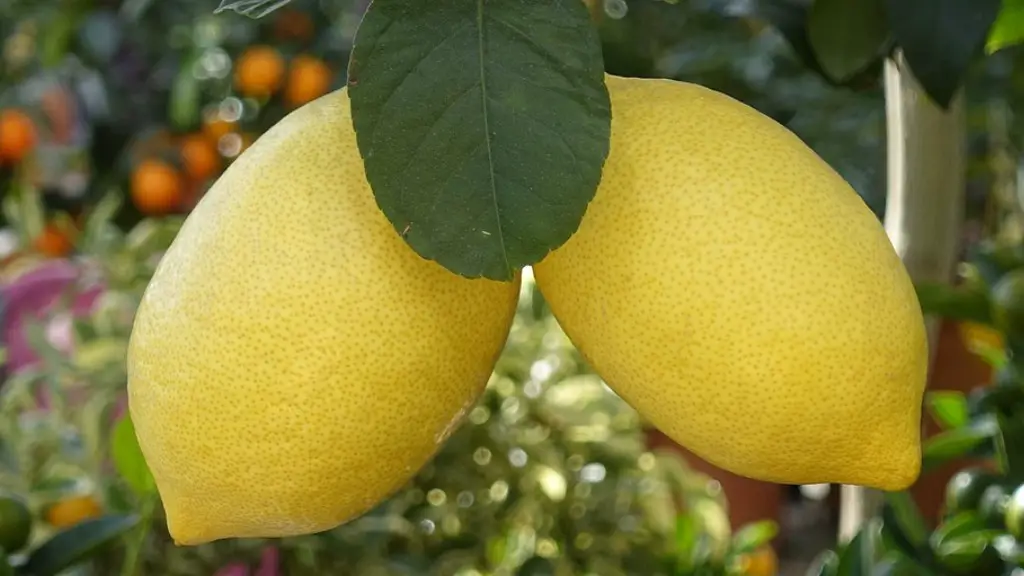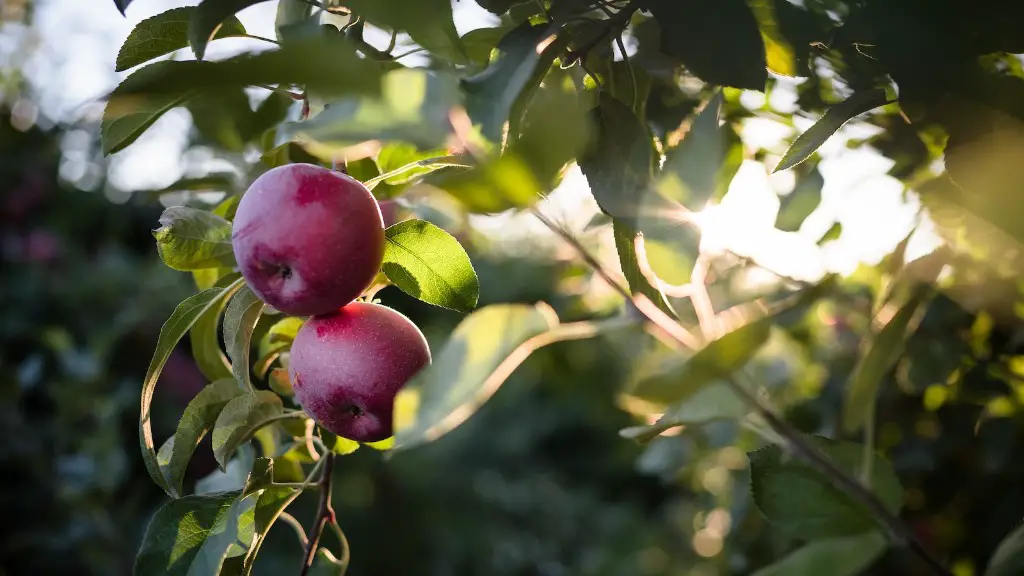Maintaining a meyer lemon tree is simple yet requires attention, effort and commitment. First, it is important to understand the scientific needs of a meyer lemon tree, such as proper soil, oxygen, temperature and water requirements, in order to successfully cultivate one. Providing the tree with the right amount of light and water is essential for optimal growth and will determine how quickly the tree bears fruits.
The key to healthy a meyer lemon tree is water. Watering should be done every 5 days, depending on the weather, and should be done as deeply as possible to allow the entire root system to get hydrated. If the soil is sandy and more prone to drought, watering should be done more frequently. It is important to avoid overwatering, as this can lead to root rot.
Using mulch around the base of the tree will help promote soil fertility and moisture retention. Once or twice a year, it is a good idea to trim away branches that are dead and prune back longer shoots. This is important for encouraging new and healthy branches to grow. Fertilization is also important for encouraging fruit production and should be done twice a year, though timing and type of fertilizer is tree-specific.
A meyer lemon tree can also benefit from nitrogen-rich compost tea that can be provided seasonally or when needed. In addition, pests and diseases should be monitored regularly so that a suitable treatment method can be chosen. Insecticidal soap is a natural and safe way to manage pests and applying a 50-50 mixture of water and rubbing alcohol on the leaves can help with black spot and powdery mildew problems.
Soil Requirements
To ensure optimal growth, meyer lemon trees need well-drained soil with a pH level between 6-7. Loamy or sandy-loam soils are preferred, with composition that is 10-20% sand and 70-90% silt and clay particles, respectively. Allowing the soil to dry before watering and mixing in organic matter when planting can improve the soil’s structure and fertility.
Temperature Requirements
Meyer lemon trees thrive in temperate climates and prefer temperatures between 65°F-85°F. It is worth noting though that the tree can survive short periods of cold temperatures, though it is best to keep it in areas that are protected from extreme cold and winds. In terms of humidity, areas with humidity levels between 40-50% are ideal.
Proper Lighting
Providing your meyer lemon tree with the proper lighting is also essential for its growth. The tree prefers full sun with 8-10 hours of direct sunlight per day. If the tree is not getting enough light, it won’t produce fruits or will produce smaller and fewer ones. Providing shade during the hottest parts of day may be beneficial.
Proper Containers
Meyer lemon trees can be grown in containers, as long as they are the right ones. Potters with built-in drainage and aeration holes are ideal. Clay pots, wooden planters and plastic containers are options as well. A potting mix with 30-50% organic material is best, with compost, peat and properly aged manure being examples of these materials.
Proper Pruning
Proper pruning is important for the health of meyer lemon trees, as it helps promote new growth and helps trees stay in shape. Pruning should be done when the tree is still young, starting with removing any branches that are diseased or damaged. After that, pruning should be done on an annual basis, preferably in late winter or early spring.
Proper Feeding
Fertilizing meyer lemon trees is essential for encouraging fruit production. Standard fertilizer options are usually fine, though organic fertilizers such as alfalfa meal and fish emulsion can be used as well. It is best to divide the fertilizer into two portions, one to be applied in the spring and one in the summer.
Managing Pests and Diseases
Inspecting trees regularly and understanding the types of pest and diseases that the tree is more susceptible to can help ensure the meyer lemon tree’s health. Natural remedies, such as neem oil or insecticidal soaps can be used to manage pests, while powdery mildew, oak root fungus and citrus greening can be prevented with proper pruning, light and humidity management.
Common Problems
The most common problems in meyer lemon trees are related to light or water, as well as pests or diseases. Improper lighting, over or underwatering and lack of nutrients can all lead to discolored leaves and a weak growth. Pests such as whiteflies, aphids and mites, as well as diseases such as frost and leaf scorch, should be monitored and managed as soon as possible.
Harvesting Meyer Lemons
When harvesting meyer lemons, it is important to avoid damaging the tree. Gently plucking the fruits by hand is the safest way to do this. If the fruits are to be stored, they should be air-dried in a cool, dry and dark place, then placed in plastic containers or in well-sealed bags. This will help prevent rot and mold.
Storing Meyer Lemons
Meyer lemons should be stored in the refrigerator, in a paper bag or in a perforated plastic container. To ensure longer storage times, it is best to brush the fruits with vegetable oil before storing. Meyer lemons can last up to three weeks with proper storage and can be frozen for up to six months if the time comes to not use them fresh.



